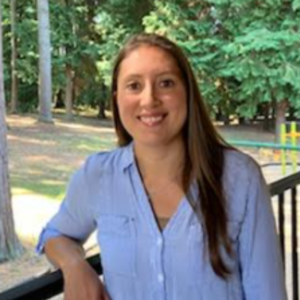St. Paul Lutheran Preschool. In His Service for Sherwood families since 1892
“These commandments that I give you today are to be upon your hearts. Impress them on your children.” Deuteronomy 6:6-7
St. Paul Lutheran Preschool features a classical Lutheran Education. We focus on ‘whole child’ learning in a safe and nurturing environment.
Our enrollment for the 2025 – 2026 school year has begun!
To schedule a tour call 503-908-6438 today!
Block Center
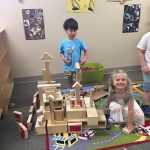
And on this rock I will build my church – Matthew 16:18
Spending Time in the Block Center helps your preschooler to:
- Improvise in a symbolic way
- Create and carry out plans, individually and in cooperation with others
- Foster pre-math skills such as to classify, order and arrange
- Utilize my imagination while pretending to make “noises” or creating characters
- Grasp the concept of dimension (height/depth/width)
- Create and repeat patterns
Science Center
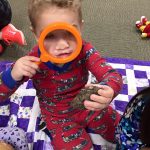
Lord, You have made so many things Psalm 104:24
Spending time in the Science Center helps your preschooler to:
- Develop social skills such as negotiation and taking turns
- Foster pre-math skills such as to classify, order and arrange
- Understand concepts of speed, direction, and location
- Grasp the concept of dimension (height/depth/width)
- Appreciate our natural resources, taking part in conversation
Art Center
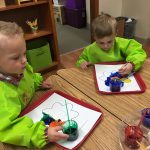
When He spoke, the world was created Psalm 33:9
Spending time in the Art Center helps your preschooler to:
- Exercise my imagination and creativity
- Develop both Gross and Fine Motor Skills
- Express themselves in non-verbal ways
- Ask questions about colors and textures, patterns and designs
- Develop pre-writing skills
- Collaborate with others in an acceptable way
- Distinguish and purposely create shapes
Sensory Center
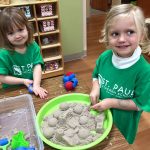
Therefore my heart is glad and my tongue rejoices: my body also will live in hope – Acts 2:26
Spending time in the Sensory Center helps your preschooler to:
- Become comfortable with “being messy”
- Create patterns and symbols in the sand
- Foster Pre-math skills such as to classify, order, and arrange
- Soothe emotions in an appropriate way
- Expand my vocabulary and language base
- Develop a sense of respect for personal space
Writing Center
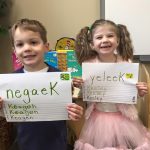
Written not with ink, but with the Spirit of the living God. 2 Corinthians 3:3
Spending time in the Writing Center helps your preschooler to:
- Hold writing instruments with pressure
- Realize abstract thoughts and ideas have value
- Exercise imagination and creativity
- Express themselves verbally when describing their work
- Build confidence in being a successful writer
- Coordinate eye-hand movements
- Recognize the value of literacy
- Explore variations of media
Gross Motor Center
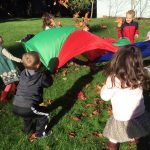
You created every part of me – Psalm 139:13
Spending time in the Gross Motor Center helps your preschooler to:
- Develop eye-hand coordination
- Become comfortable with the concept of personal space
- Attain goals and develop a sense of accomplishment
- Strengthen, balance and coordinate my muscular movements
- Grow and appreciation for dance and artistic movement
- Discover concepts of speed, direction, and location

